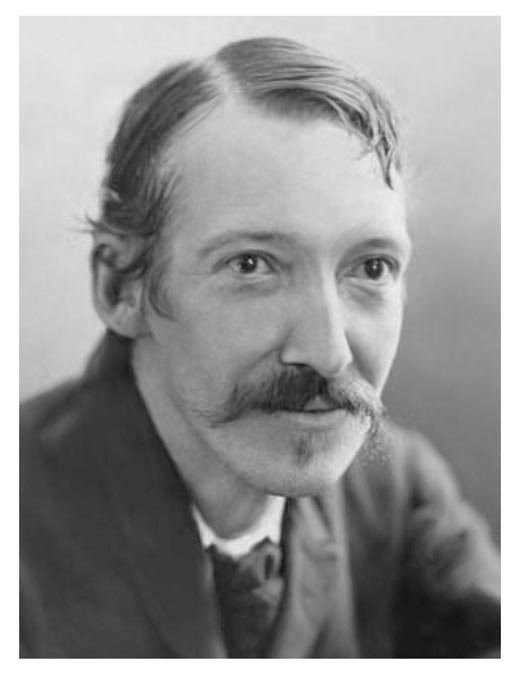
When Robert Louis Stevenson, romancer, essayist, writer of adventure stories, analyst of the moral ambiguities of man, tried to explain his ideas about the differences between morality and religious institutions to his father, he tried in vain.
Stevenson said he accepted the ideals of Christian morality while repudiating the Church and the behaviors of most who called themselves Christian. His parents thought their son was an infidel and beyond rational distinctions.
In despair, he wrote to his friend, Charles Baxter, that “Here is a good cross with a vengeance, all rough with rusty nails that tear your fingers. Only it is not I that have to carry it alone. I hold the light end, but the heavy burden falls on my parents.”

What distinctions can be made between morality and religious institutions? What attitudes determine the moral consciousness from the immoral? How do established religions support or repudiate Christian morality? Can a person be moral and not religious?
The Greek word for ethics and the Latin term for morals both come from the same root. The Greek word ethos means custom or a habitual mode of conduct. Ethical reflection seldom has been carried on in isolation from a religious conviction. The religions of ancient Assyria and Egypt involved definite moral codes regulating conduct and governing decisions in moral matters.
The Judeo-Christian Ten Commandments are the best known example of how religious belief shaped private and public morality. Dr. Lawrence Kohlberg, former professor of psychology at Harvard University’s Graduate School of Education, stated that a true moral dilemma is a problem in which there is no obvious culturally-approved correct answer.
With a moral dilemma, a case could be made on moral grounds for either choice. Contrary to popular opinion, his studies have shown that it is simplistic to think of morality in terms of a bag of virtues. His reasons are straight forward. They are that individuals are not always either honest or dishonest. If someone cheats in one situation, it does not follow that s/he will or not will cheat in another. His third reason is that a person’s verbal opinions about honesty have little to do with how s/he will act.
Dr. Kohlberg thought that moral development could be measured according to a six-stage hierarchy. It ranges from a child’s conviction that it is all right to do something as long as the parent gives permission (Stage One) to a (Stage Six) where the person has a total commitment to principles of justice. It implies a more unwavering uncompromising respect for the dignity of human beings as individuals.
For Greek philosopher Aristotle, the moral person cultivated the virtues of prudence, temperance, courage, and justice. The Children’s Morality Code of 1916 included the desirable human characteristics of self-control, kindness, self-reliance, duty, truth, team-work and loyalty. The great philosophers, Democritus and Spinoza, regarded morality as its own reward.
One conclusion is that ethics are autonomous. They are not dependent upon any specific religious doctrine. In human history, religion and morality are like two streams that sometimes run parallel, sometimes merge and sometimes separate. Morality is older than any organized living religion.
Humans try to become fully-thinking, rational and self-directed human beings. Nineteenth Century philosopher Dr. Ernest Renan said that religion is to know and to love the truth of things. For Moral choice involves the beautiful and the cultivated mind chooses beauty above all.

